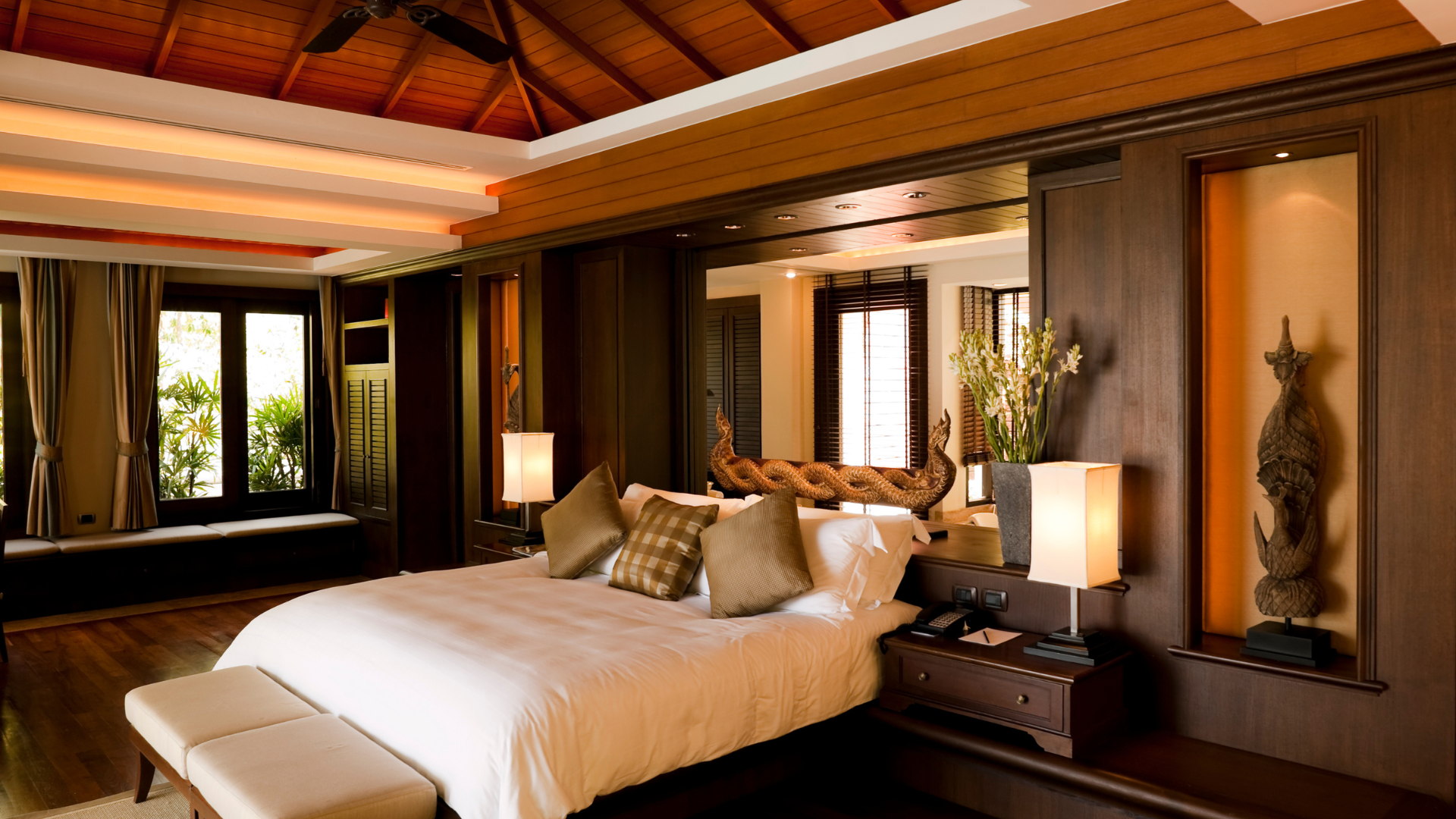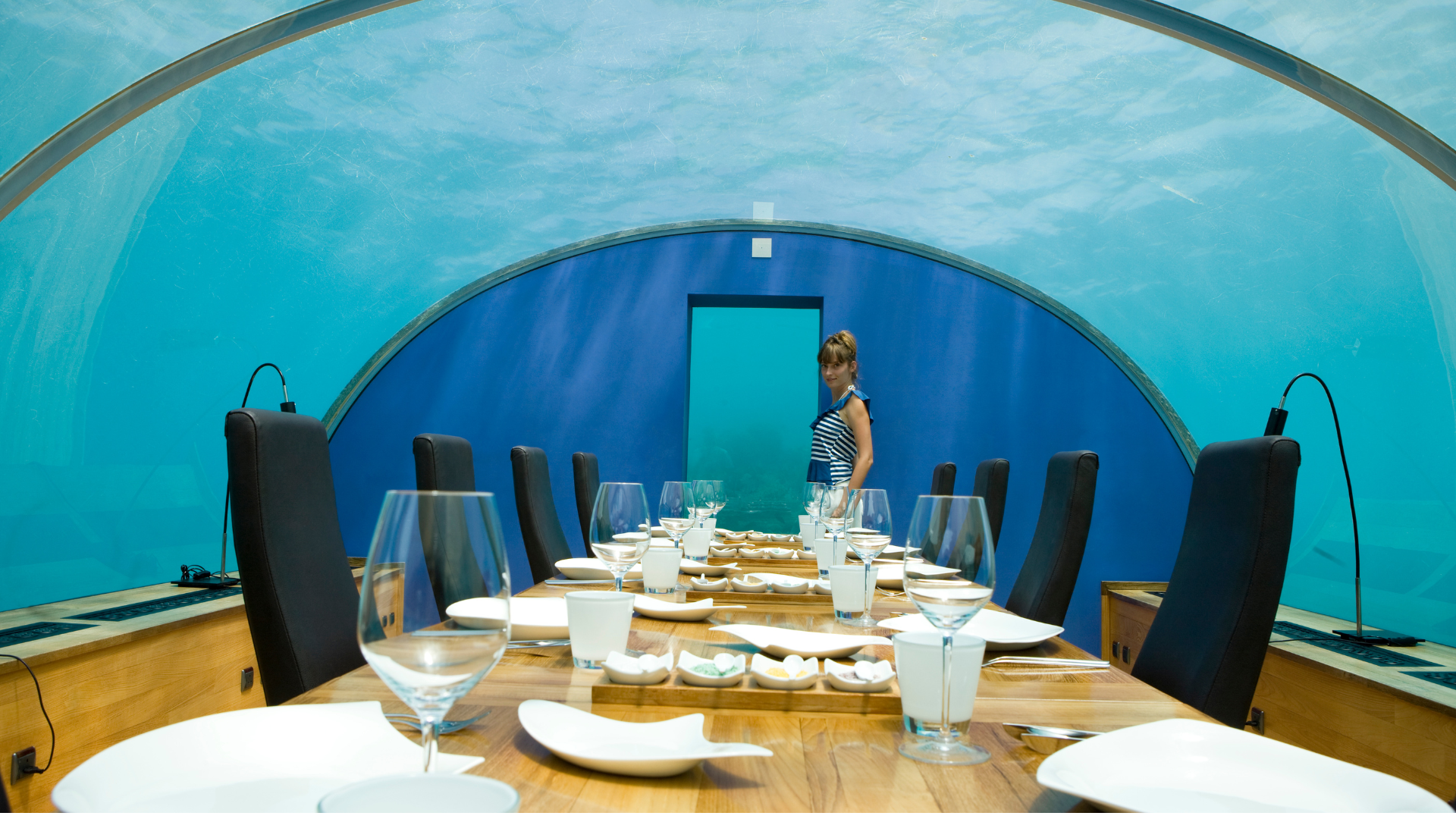The Accommodation Sector
Categorizing Accommodation Establishments
Understanding the different accommodation structures is crucial when finding the perfect place to stay while traveling. Two main categories that often appear are non-commercial and commercial accommodation.

There are no universal standards for classifying accommodation establishments on a global scale. However, one common approach is to divide accommodations into two primary groups:
Non-commercial:
Home (nursing, retirement)
Institution (university)
Shelter facility
Commercial:
Hotels
Serviced apartments
Villas/Chalets
Non-commercial
Non-commercial accommodations refer to places that are not primarily operated for profit.
Commercial
On the other hand, commercial accommodations are establishments that operate with the intention of making a profit.
Comprehending Hotel Classifications
A "Hotel" refers to an establishment that offers lodging to guests who are willing to pay for the services provided and are deemed fit to receive them. Typically, hotels are for-profit institutions that provide guest services like accommodation and meals. In the past, hotels were broadly classified as either luxury or budget hotels.

The Benefits of Categorizing Hotels
Dividing hotels into different classes based on specific criteria can be very helpful for travelers. This categorization makes it easier for travelers to differentiate between options and compare unique features, allowing them to make informed decisions when making reservations.

Classification Example:
Regal Airport Hotel, situated near the primary airport in Hong Kong, targets transient guests including business people, travelers, and aircrews. It is a 5-star facility and boasts over 1,100 guest rooms.
In some countries, middle-class families were the main target market for hotels. However, as the economy grew and room supply increased, hotels began to focus on offering specialized accommodation for:
Conventioneers
Business groups
Special weekend events and families
As diversity flourished, competition and brand loyalty increased. Today, anyone who can afford it can rent a hotel room for the night. From luxury, business, resort, and townhouse to boutique and budget, hotels come in all shapes, sizes, and styles.

Hotel Room Example:
A standard room will have a bed, bathroom facilities, shower, telephone, TV, lounge area, and mini-bar. Housekeeping services available include laundry and dry-cleaning.
Nowadays guests would usually have access to a wireless computer network and also to a business center. Most major hotels will have restaurants and bars available for guests and if they are situated in a large city they are usually located near the business districts, tourist destinations, and/or airports.
Types of Accommodation
Different Types of Travel Accommodation and Their Features:
City Centre Hotels
City Hotels:
These hotels are located within the heart of a city.
This Hotel type may vary greatly from business, residential, and economy rooms, mid-scale to luxury suites, and also have a mid-scale to luxury pricing system.
Commercial Hotels:
Commercial Hotels:
They are located in downtown areas.
They tend to be smaller than convention hotels.
Meeting and function spaces are smaller, and there are fewer banquet areas.
Suburban Hotels:
Suburban Hotels:
This hotel type tends to be located within smaller properties which usually provide a full-service, and are located in suburban areas.
Resort Hotels:
These hotels are located in picturesque, sometimes remote settings. Customers travel long distance to resorts. Usually, they tend to stay longer.
Resorts typically provide a comprehensive array of recreational amenities, as well as a variety of food & beverage outlets, ranging from informal to fine-dining restaurants.
Airport Hotels:
Airport Hotels:
These hotels are designed specifically to accommodate air travelers. They offer a mix of facilities and amenities.
The majority also offer customers transportation to and from the airport.

Convention Hotels:
These hotels can provide a large number of rooms. In addition to accommodation, they provide extensive meeting and function space for holding conventions. There are banquet areas within and around the hotel complex.
Most of them provide an in-house laundry, a business center, airport shuttle service, and 24-hour room service. They are often in close proximity to convention centers and other convention hotels.
Apart from the standard lodging options discussed earlier, there exist hotels that distinguish themselves with unique attributes, purposes, or architecture. Below, we've compiled a list of some of these remarkable establishments, along with their defining features:
Spa Hotels
They are located in resort-type settings or as part of city spa hotels. They provide accommodations, spa treatments, and cuisine. They may include relaxation/stress management, fitness, weight management, and pilates/yoga. Spas have professional staff that often include dieticians, therapists, masseurs, and exercise physiologists.
Casino Hotels
They have gambling operations which are the major revenue centres. They also provide live entertainment. A wide variety of luxury amenities and hotel services including fine and casual dining and shopping centres are typically available on-site.
All-suite Hotels
The guest rooms in these hotels are larger than normal hotel rooms, with separate areas for working, sleeping, and relaxing. A living area or parlor is typically separated from the bedroom, and some properties offer a kitchen set-up in the rooms. The amenities and services can vary widely. They can be found in various locations such as urban, suburban, or residential.
Boutique Hotels
Boutique hotels differentiate themselves from traditional hotels by providing personalized accommodation and services/facilities. They are sometimes known as "design hotels" or "lifestyle hotels". The price varies greatly. They are very different in their “look and feel” from traditional lodging properties. They are more intimate, and, perhaps, more luxurious, and stand out as an individual. The amenities vary greatly depending on the hotel’s environment and theme chosen.
Motels
They are designed for overnight stays for car travelers, often with very basic facilities. The rooms usually have direct access to an open parking lot. They are often smaller than most hotels. They are located on the outskirts of towns and cities.
Guest Houses
Guest houses are similar to bed and breakfast inns. They range from low-budget rooms to luxury apartments. They tend to be like small hotels in bigger cities. Though the facilities are limited, most rooms are air-conditioned with en-suite shower and toilet.
Villa/Chalet
They are self-catering accommodation in a private bungalow, usually rented to customers. In many cases, it refers to a small cottage with an overhanging roof in a seaside resort, e.g. beach houses.
Historic Conversion
These properties have historic significance. They have been converted into lodging establishments with the retention of their historic character.
Serviced Apartments
These properties cater to customers who stay for an extended period. They usually offer full kitchen facilities, shopping services, business services and limited housekeeping services.
Hostels
They are very cheap accommodation. The sleeping arrangements are usually in dormitory style and there may also be self-catering facilities on site.
Timeshares
This is a type of shared ownership where a buyer purchases the right to use the property for a portion of each year. In many cases, when the timeshare is purchased, the buyer receives a deed. This indicates that the buyer can use the property each year at the time specified for the number of years based on the deed and the purchase can be handed down to the buyer’s heirs.
Bed and Breakfast
They are private homes whose owner lives on or near the premises and rents out rooms to overnight customers. The paid accommodation typically includes breakfast. A popular term is “B&B” (i.e. bed and breakfast provided). The host often provides customers with assistance regarding directions, and information regarding the local area including sightseeing suggestions.
Specialized Hotels
In addition to those types of hotels mentioned above, there are also some more unusual types of hotels that are unique or specialized in their features, functions, or design.
Below are some examples of unusual hotels located in different countries:

Ice Hotels
Ice hotels are mainly built using snow and ice. The first ice hotel is located in Sweden and its concept has been followed by Canada and some other European countries in building their own ice hotels to attract visitors.
Different from other general hotels, this type of hotel is temporary in nature and is torn down and then rebuilt by artists and designers in different seasons. Due to this reason, a guest who chooses to stay in an ice hotel in different seasons would find his/ her experience entirely different once the hotel is rebuilt.
Cave Hotel
Examples of cave hotels can be found in Turkey, originally these caves were used by people in the past to avoid disturbance and attack.
Some of these old caves have been reused and redeveloped into hotels which attract visitors who would like to experience the culture and traditions of the host countries.
These hotels are also preferred by visitors who look for environmentally friendly accommodation and can provide a ‘close-to-nature’ experience in their journey. Some cave hotels are also built underground, such as the Coober Pedy in South Australia which has been restructured from an opal mine.
Capsule Hotel
This type of hotel originated in Japan and provides small, bed-only cabinets for its guests. The cabinet size is roughly 2m x 1m x 1.25m and they are mainly designed for local citizens who look for cheap accommodation when traveling back to their homes is not an option.
Services and facilities are limited, e.g. some may not have restaurants and guests are required to share the common washrooms inside the hotel properties.

Tree House Hotel
Tree house hotels are mainly located in the countryside, especially in forests. Hotel rooms are built in harmony with trees which mainly follow the local native building method.
The most valuable experience is not provided by the ‘no-gimmick’ in-room facilities but by a variety of tours and tourist activities, such as jungle walks, nightlife animal tours, and visits to native houses.
Such activities provide visitors an opportunity to have closer contact with the natural environment. Examples of tree house hotels can be found in Costa Rica, Kenya, Brazil, and the Amazon.

Underwater Hotel
The hotel concepts associated with water have contributed to the development of innovative hotels with their rooms being built under the water. One example of an underwater hotel can be found in Florida (U.S.).
Hotel guests are required to have a diving certification so they can dive in order to get into their rooms. Travelers, who may have issues staying under the water, may prefer choosing other alternatives, such as floating hotels or those which have been built above the water.
Hotel Rating Systems
A comprehensive overview of hotel rating systems reveals two primary categories: official and commercial ratings. Official ratings are established by government agencies, whereas commercial ratings are developed by private enterprises or associations. The primary objective of these rating systems is to assess the quality of hotels and provide customers with pertinent information regarding their amenities and facilities.
Across the world, numerous rating systems are utilized, often incorporating stars to indicate the level of quality. Typically, a greater number of stars connotes higher quality.
Some of the hotel features or services taken into consideration when establishing a grade/rating are:
Location
Food Quality
Room Variations
Cleanliness
Entertainment
Ease of Access
Additional Amenities
An Overview of Commercially-Oriented Hotel Rating Systems

Two of the most prominent hotel rating systems are the Mobil Travel Guide (now Forbes Travel Guide) and the American Automobile Association (AAA). Both organizations utilize objective criteria like facilities, scales, and staff-to-room ratios to evaluate hotels. Mobil Travel Guide implemented the 'star-award' system, whereas the AAA initiated the 'diamond-award' model. These systems rate hotels on a five-point scale from 1 to 5, with regular evaluations conducted by industry professionals and frequent travelers acting as "mystery shoppers."
Despite the presence of these established rating systems, many visitors worldwide are more familiar with the ratings provided by private organizations, which serve as standard indicators of hotel quality.
Next Lesson
The Importance of Accommodation Products in Hotels
Hotels rely heavily on their accommodation offerings as a primary source of revenue. These products encompass not just guest rooms, but also the additional amenities and services that guests use during their stay. As such, it's essential for front-line staff members, including receptionists and reservation agents, to be knowledgeable about these products.










